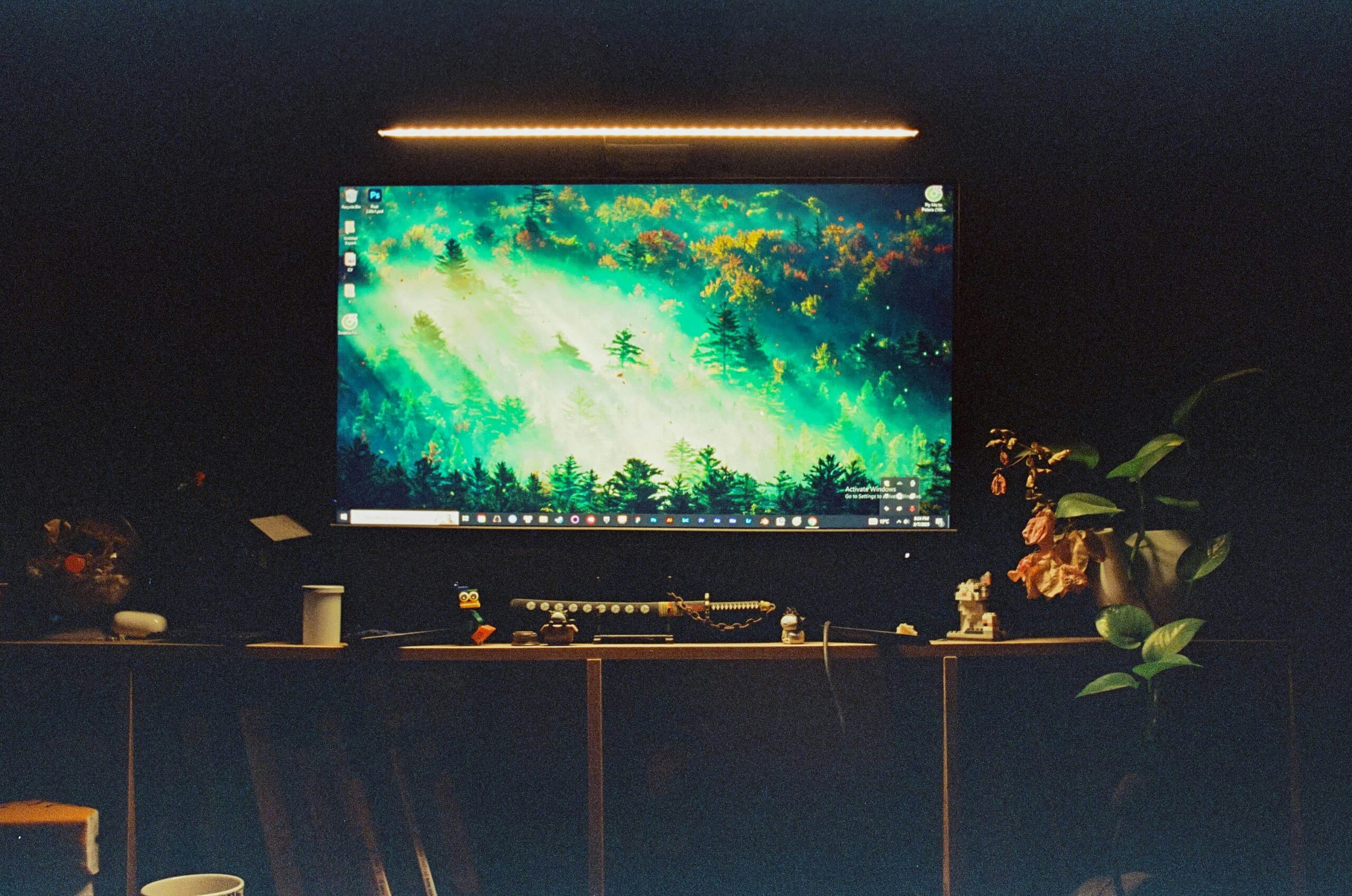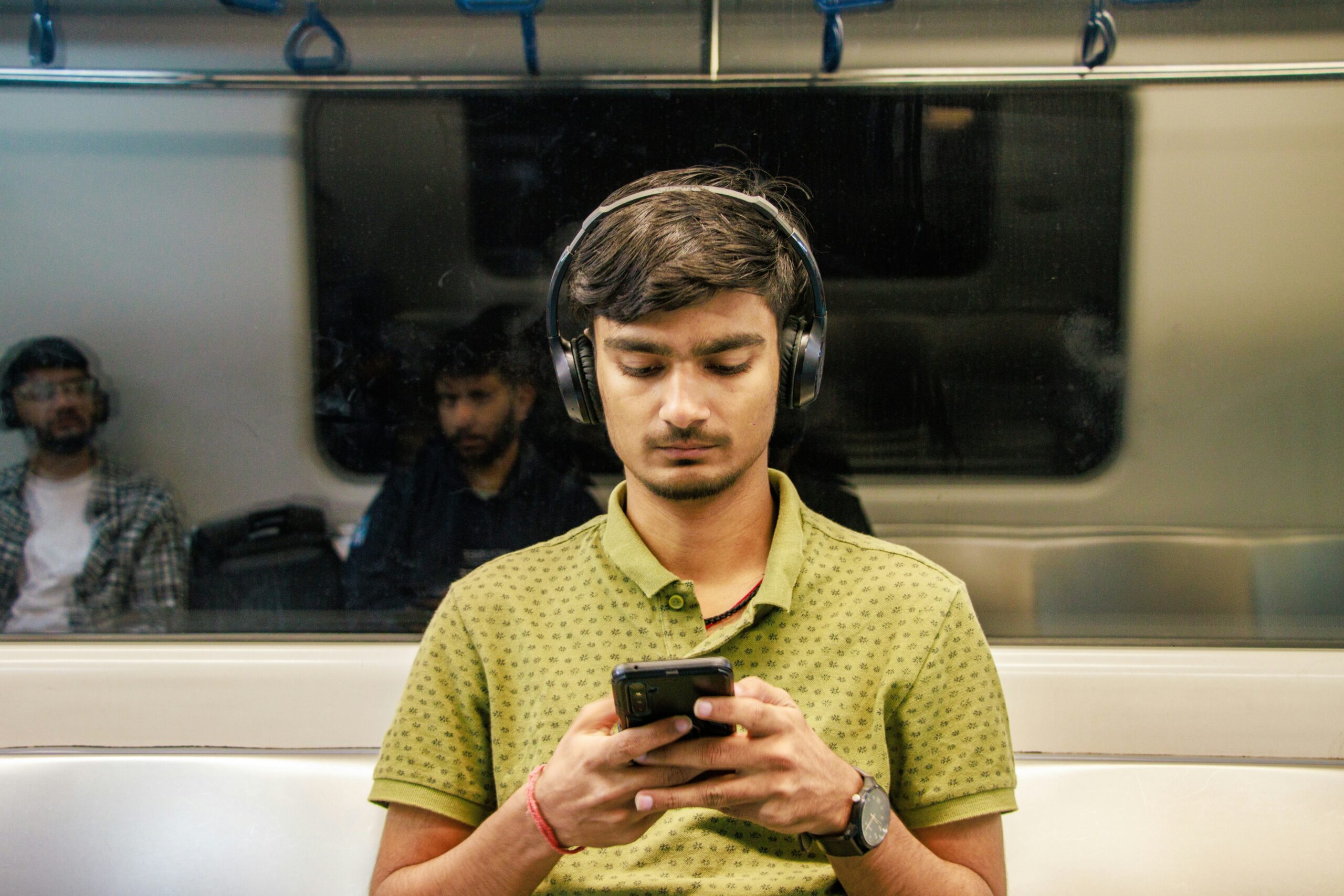Ever scrolled through endless stress management apps, only to feel more overwhelmed than when you started? Yeah, me too. There’s nothing quite like the irony of trying to relax digitally and ending up with even *more* cortisol pumping through your veins. But what if I told you that mastering “digital relaxation” doesn’t have to be another failed New Year’s resolution?
In this guide, we’ll cover how stress management apps are evolving into the ultimate tools for digital relaxation. We’ll dive into why they work (and sometimes don’t), actionable steps to use them effectively, and tips to pick the right app for your mental wellness journey. Plus, a few rants about bad design because—well, it’s 2024, and some of these interfaces still look like they were made in 2006.
Table of Contents
- Key Takeaways
- The Problem: Overwhelmed By Options
- Step-by-Step Guide: Using Apps for Digital Relaxation
- Tips & Best Practices
- Examples & Case Studies
- FAQs
- Conclusion
Key Takeaways
- “Digital relaxation” combines technology and mindfulness to combat modern stressors.
- User experience is king; cluttered designs can sabotage your chill sessions.
- Customization features make or break an app’s effectiveness.
- Mindfulness doesn’t mean perfection—it’s okay to start small.
The Problem: Overwhelmed By Options
Let’s talk about my confessional fail here—I once downloaded five stress management apps in one night. Yes, FIVE. It was chaos. Notifications clashing, soothing sounds morphing into something resembling a haunted house playlist… Total disaster. If you’ve ever done anything remotely similar, raise your hand. Or better yet, keep reading.
The truth is, our brains crave simplicity. Yet, the average app store bombardment does just the opposite, overwhelming us before we even hit “install.” A Stanford study revealed that decision fatigue plays a huge role in increasing stress levels. Fun fact: choosing which relaxation app to download might actually stress you out!

Sensory overload aside, many apps suffer from poor user interface design or lack personalization options. Remember, your brain isn’t looking for bells and whistles—it wants peace. So let’s fix that.
Step-by-Step Guide: Using Apps for Digital Relaxation
How Do You Choose the Right App?
Optimist You: “All apps are created equal, right?”
Grumpy Me: “Sure, if ‘equal’ means equally bad at times.”
First, decide what kind of relaxation works best for you. Are you into guided meditations, deep breathing exercises, or calming ambient sounds? Once you know your style, follow these steps:
- **Research Reviews:** Look beyond star ratings. Dive into comments—are users complaining about intrusive ads or confusing layouts?
- **Try Free Demos:** Most apps offer free trials. Test-drive them before committing.
- **Prioritize Interface Design:** If the app feels like navigating a labyrinth, delete it ASAP.
Tweak Settings Like a Pro
No two people relax the same way. Thankfully, most top-tier apps allow customization. Adjust timers, choose background sounds, or tweak volume settings until everything feels *chef’s kiss* perfect.
Tips & Best Practices
Now that you’ve got your app sorted, here’s how to maximize its potential for true digital relaxation:
- Create Sacred Space: Find a quiet corner where no one will interrupt your zen session.
- Set Boundaries: Use airplane mode or DND (Do Not Disturb) to avoid interruptions.
- Start Small: Five minutes a day beats zero minutes every time.
- Avoid Multi-tasking: Don’t check email during meditation unless you want your blood pressure to skyrocket.
(Pro Tip: Keep snacks nearby. Hunger-induced stress isn’t relaxing.)
Examples & Case Studies
Real-life proof matters. Let’s discuss Sarah—a busy marketing exec who couldn’t sleep despite her luxurious silk pillowcases. She tried **Headspace**, but found herself annoyed by constant reminders to upgrade. Then she switched to **Calm**, which had customizable bedtime stories. Within weeks, her sleep quality improved drastically. Moral? Tailor your toolset to YOU.

On the flip side, Tom downloaded an app promising “instant calm” via aggressive affirmations like “YOU ARE AWESOME!” Spoiler alert: He hated it. Lesson learned—not all apps deliver on their promises.
FAQs
How long does it take to see results?
Consistency matters most. Many report noticeable improvements within 7–14 days of daily practice.
What’s the worst tip for choosing an app?
Picking solely based on price. Free apps often come loaded with intrusive ads that ruin the vibe.
Can kids use stress management apps?
Absolutely! Apps like Smiling Mind cater specifically to younger audiences.
Conclusion
In today’s fast-paced world, achieving digital relaxation is no longer optional—it’s essential. With the right stress management app tailored to your unique needs, you can turn your phone into a pocket-sized sanctuary. Whether you’re dealing with work stress, parenting mayhem, or general life overwhelm, remember: you’re not alone, and help is literally at your fingertips.
So go ahead and press play on that rainforest ambiance track. Your future self will thank you.
P.S. Like a Tamagotchi, your mental wellness needs daily care. Don’t neglect it.
✨ Haiku Time ✨
Apps hum softly near,
Stress melts away like ice cream.
Zen lives in pixels.


